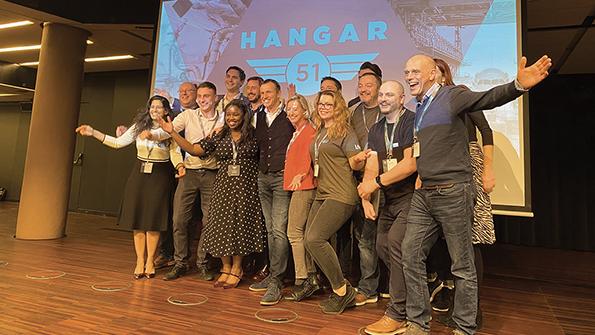
European research organizations and startup accelerators have been busy developing a variety of new technologies with applications for the aftermarket. These projects range from automation technologies to make the work of aircraft technicians more efficient to preparing the aviation industry for more sustainable aircraft platforms.
ZAL TechCenter
Maintenance for Hydrogen Aircraft
Lufthansa Technik (LHT) is working with Germany’s ZAL TechCenter (ZAL) to design and test processes to handle the hydrogen technology that will power future aircraft. They plan to convert a decommissioned Airbus A320-family aircraft into a stationary laboratory that will be equipped with liquid hydrogen infrastructure to test newly developed ground handling and MRO processes.
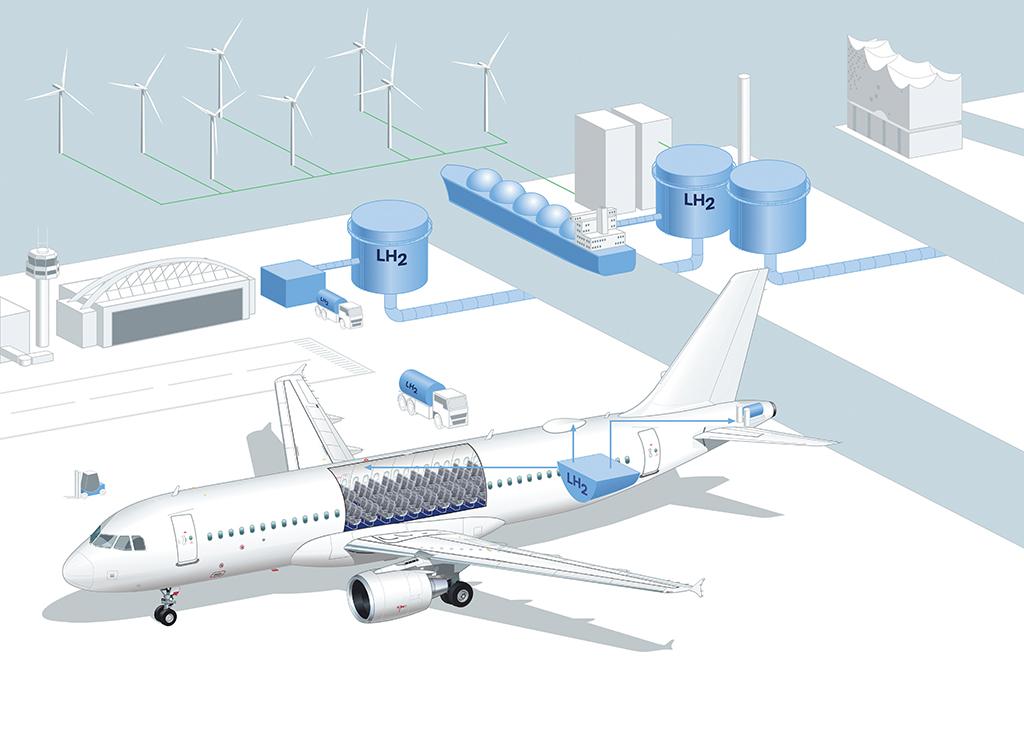
Retrofitting Aircraft for Sensor Data
LHT and ZAL are also working to develop an aircraft system sensor architecture that can be adapted to and retrofitted on different aircraft types for predictive maintenance applications. The sensor architecture could enable legacy fleets to gain the same benefits as newer-generation aircraft with OEM-installed sensors.
Robot-Assisted Battery Fills

ZAL is developing a collaborative robot (cobot) fitted with equipment that will help it automatically fill aircraft batteries. The cobot will feature a camera with computer vision to detect the battery and locate maintenance filler caps, sensors to measure electrolyte fill level and an end effector that can fill the battery to the required level. ZAL says the cobot will reduce lead time and monotonous manual work.
Netherlands Aerospace Center
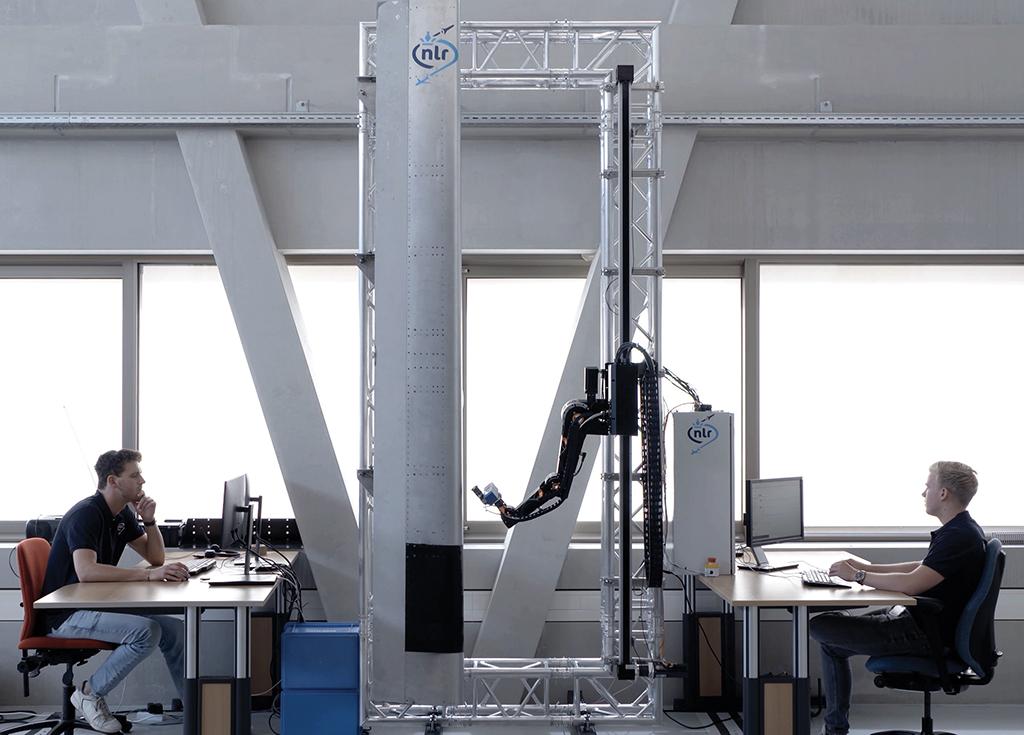
Automated Inspections
The Netherlands Aerospace Center (NLR) is developing a scanner that can inspect metallic leading edges for dents, scratches, gouges, missing rivets and other anomalies. It has also programmed a robot to scan composite structures for damage. NLR’s goal is to use robotics to improve routine inspection productivity and free up technicians for other tasks.
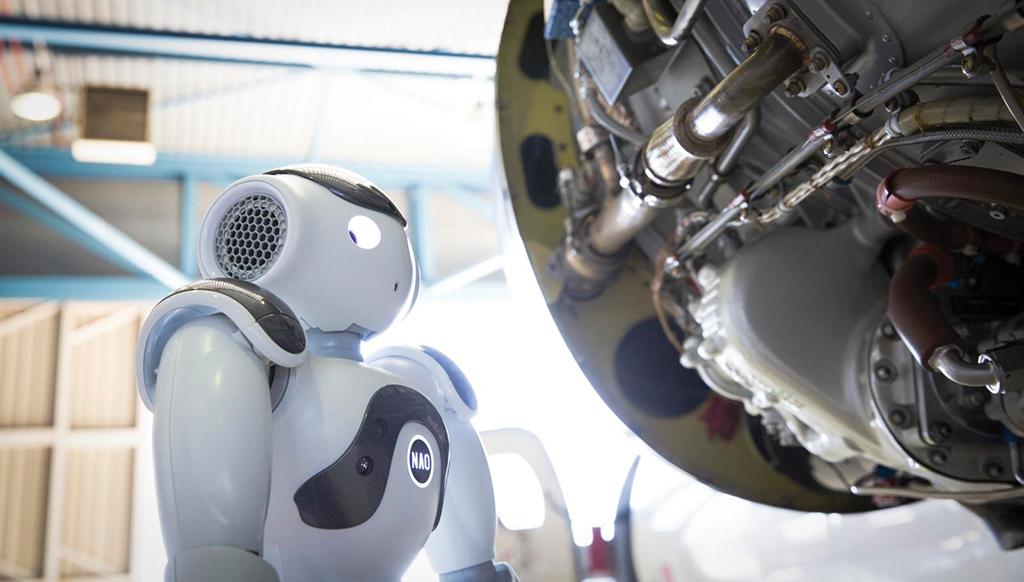
Robotic Mechanic
NLR is also developing a robotic mechanic named ARVI (autonomous robotic for visual inspections) that can navigate through a hangar and perform aircraft inspections. It is programming ARVI for tasks such as mapping and detecting defects. Photos taken by ARVI can be interpreted and analyzed through customized software that uses neural-based analysis and artificial intelligence.
Sustainable Aero Lab
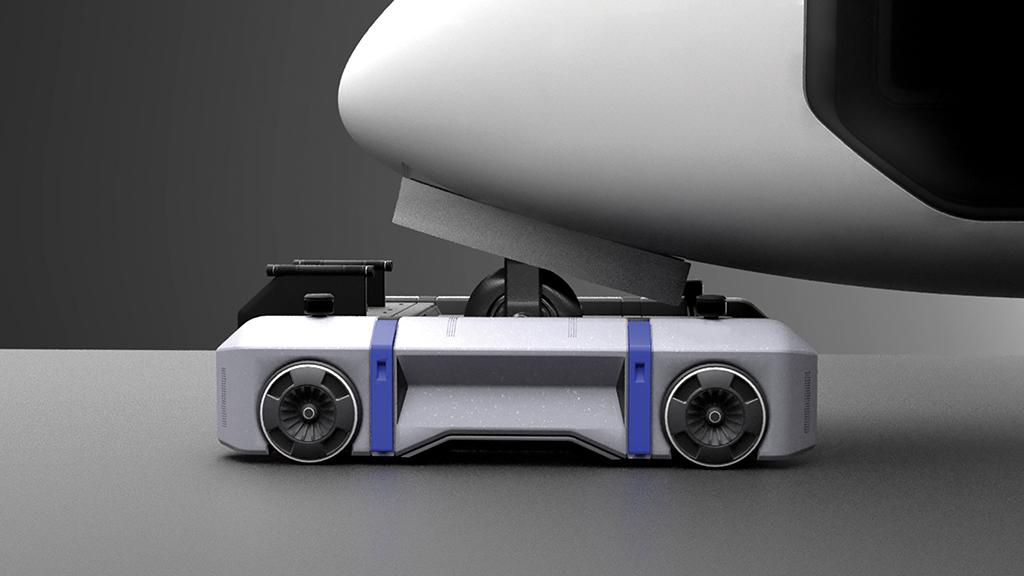
Automated Turnaround Operations
One of the sustainability-focused startups being accelerated through Sustainable Aero Lab is Moonware, which will provide autonomous aircraft pushback operations as a service. It is pairing autonomous pushback vehicles with software to automate scheduling, dispatching and airfield routing for ground support equipment. The startup is also exploring the idea of tailoring a version of its software for airline maintenance personnel.
Hydrogen Retrofit Kits

Recently launched startup Universal Hydrogen is developing conversion kits to retrofit regional aircraft such as the ATR 72 and De Havilland Canada Dash 8 with a hydrogen-electric powertrain. The kits will replace turboprop engines with a fuel cell and electric motor and will also feature specialized hydrogen modules that can be loaded directly onto aircraft.
Aircraft Battery Subscriptions
Electric aircraft battery startup Mobius Energy is planning a subscription model that will include maintenance, replacement and salvage. It is designing its electric-propulsion battery modules to be easy to swap out, and it will use retired batteries for second-life use cases such as mobile electric-aircraft charging stations and ground support equipment.
Hangar 51
Aircraft Maintenance Drones
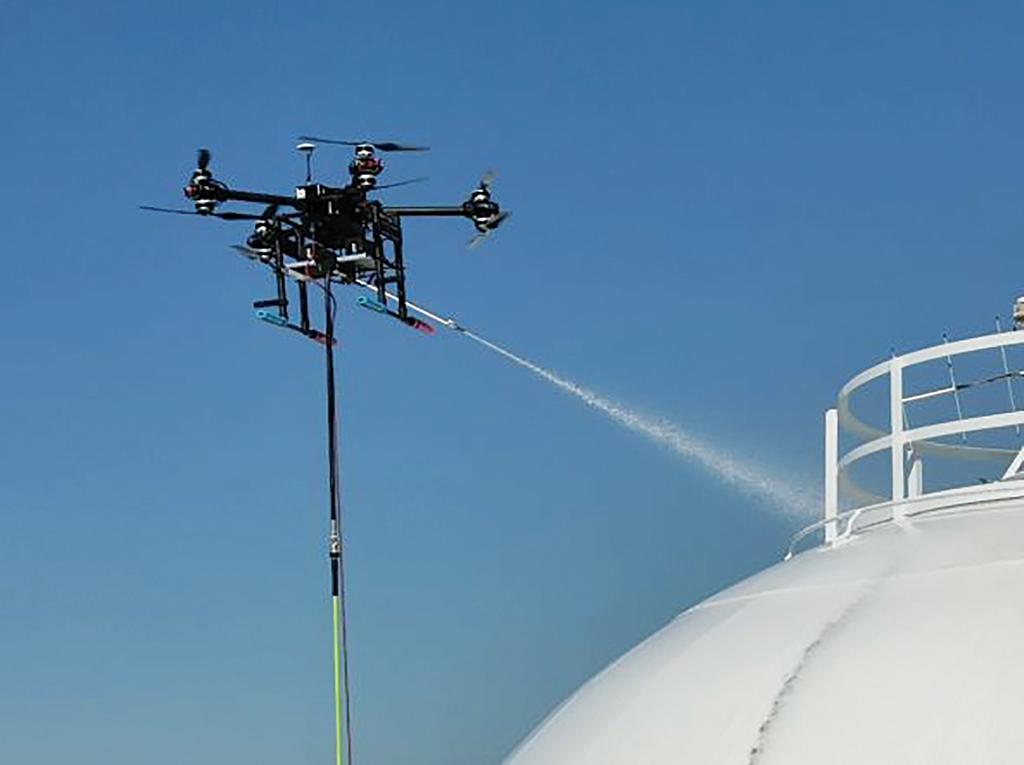
Aerial robotics startup Apellix participated in International Airlines Group’s Hangar 51 accelerator to examine potential aviation use cases for its customized drones. The drones are being developed to perform tasks such as nondestructive testing, cleaning and applying paints and coatings. Its eventual goal is to use drones to clean and inspect aircraft during turnarounds.
Streamlining Inventory Management
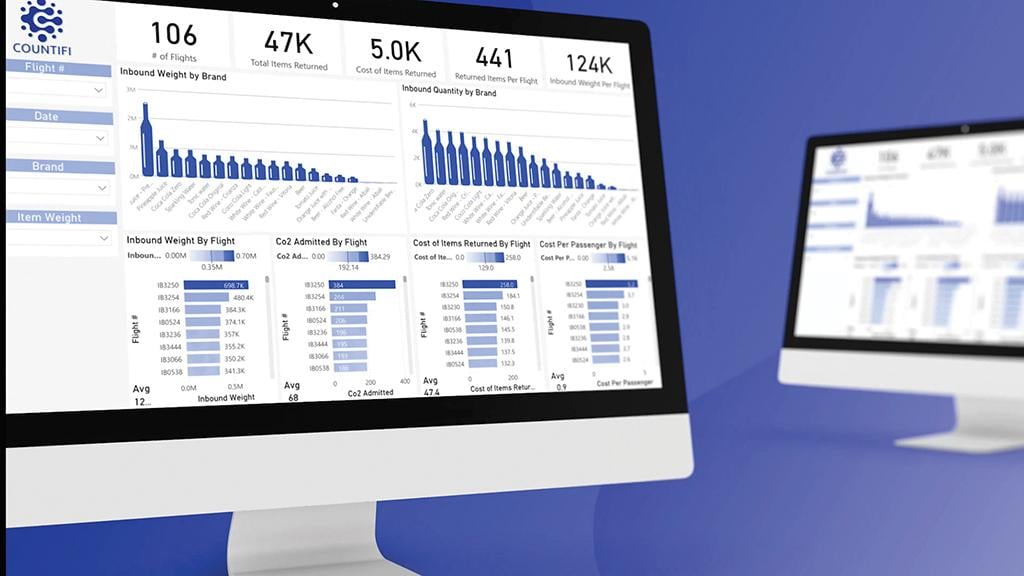
Countifi uses artificial intelligence-based visual recognition technology to improve and streamline inventory management. Its image recognition software tracks item usage through stock-keeping unit bar codes, and users can access inventory digitally to create customized reports that track assets or forecast demand. Its technology could be used in aviation for areas such as maintenance spares or onboard catering.
Managing Supply Chain Sustainability
EcoVadis has created a platform that makes it easier for companies to monitor sustainability performance within their supply chain. The platform maps a company’s sustainability performance and assigns scorecards with actionable ratings. It also allows companies to request assessments and monitor performance.
ATI Boeing Accelerator

Streamlining Maintenance Events
Recently incubated through the ATI Boeing Accelerator, startup AireXpert is a digital platform to streamline communication across various silos during aircraft maintenance events. The platform allows users to easily communicate, access technical documents and track responses throughout unscheduled maintenance events.
Voice-Controlled Work Tools
The Datch platform uses real-time artificial intelligence and voice commands to help industrial workers in the field. It can capture information and access records in real time, so technicians can use the platform to view work instructions, manage work orders, perform walk-through inspections and create reports.





